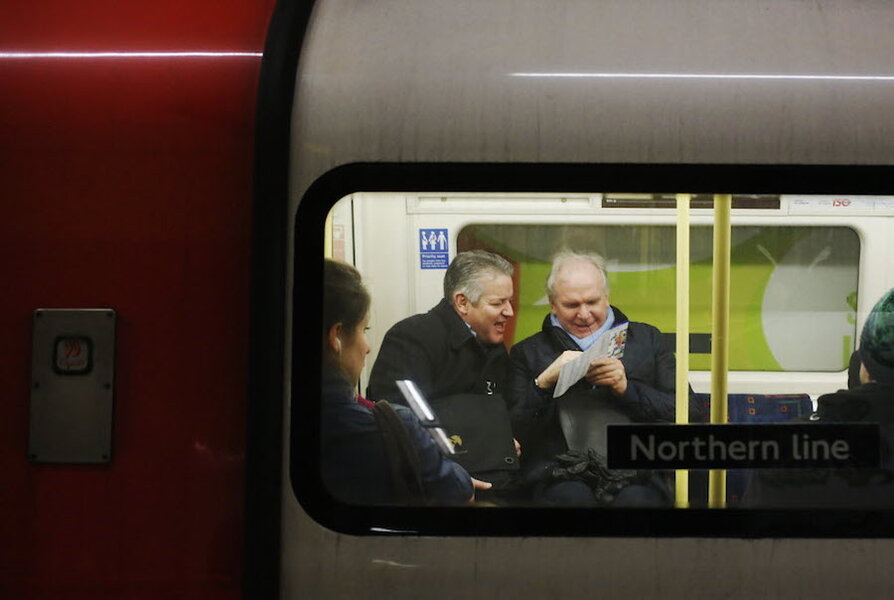Londoners brace for largest tube strike in over a decade
Loading...
Commuters in the English capital may be well advised to stay home while the London Underground halts all 11 of its lines for a 24-hour strike starting late Wednesday afternoon.
Four transit unions planned the strike after failed negotiations with the London Underground over health, safety, and compensation issues connected to the city’s new Night Tube service, slated to begin in September.
The strike will continue all day Thursday, with trains scheduled to begin running again on Friday.
One of the disgruntled unions, the Transport Salaried Staff’s Association (TSSA), took to its website to announce the strike and share its reasoning for freezing London’s widely used underground transit system.
“All we ask for is a sensible solution to the safety implications of the Night Tube, honest negotiations and a reasonable settlement on pay and hours,” the TSSA wrote on its website.
The union says it’s been attempting to negotiate with London Underground management for 18 months, claiming they have been “lackluster in their engagement.”
Yet the Mayor of London, Boris Johnson, isn’t convinced of their stated motives.
He claims “pig-headed” pro-Labor Party union leaders are retaliating against the Conservative Party’s victory in the general elections in May, the Telegraph reported.
The tube strike is “totally unacceptable,” he says, blaming “politically motivated” union bosses for their reluctance to appease their members’ frustrations with a new deal.
Transport for London, the local government organization responsible for most of London's transport system, has been warning commuters that all roads and public transport will be busier than usual once the strike kicks off.
It has planned to suspend as much roadwork as possible and will provide extra bus, river, and bike hub services for commuters to navigate the city’s congested streets.
The London Underground serves about 1.3 billion commuters annually, and it has had its fair share of Tube strikes in recent years although the system has not experienced so widespread a shutdown since 2002.
Those who are wondering how they will cope with today’s commute can turn to a much older incident for inspiration.
In 1962, Londoners faced a notable 24-hour unofficial London Underground strike that paralyzed the city’s major tube stations. In a video called “Londoners Get There” by British Pathé, the narrator says commuters were allowed to park their cars wherever they chose.
While many were forced to wait for buses or drive their cars through a disorderly city, others handled the disruption with ingenuity.
One man captured in the video glides on makeshift roller-skates to work, a briefcase in one hand and an umbrella in the other. In another shot of a carpooling group, two women – whom the narrator humorously refers to as “second-class passengers” – are seen climbing out of a trunk of a car.
The footage highlights those who made the best of a stressful situation. But early on in the video, the narrator stresses the chaotic atmosphere and says, “People were realizing how much London depends on the Underground.”
As the city scrambles to help its worried commuters prepare for this afternoon, it's evident that not much has changed since 1962.





